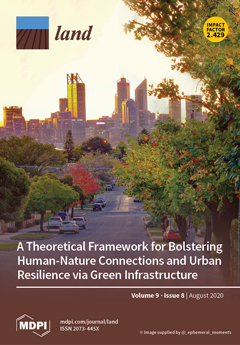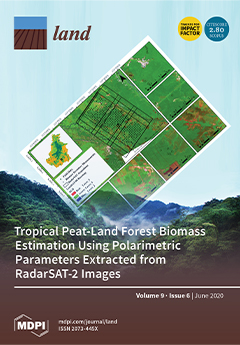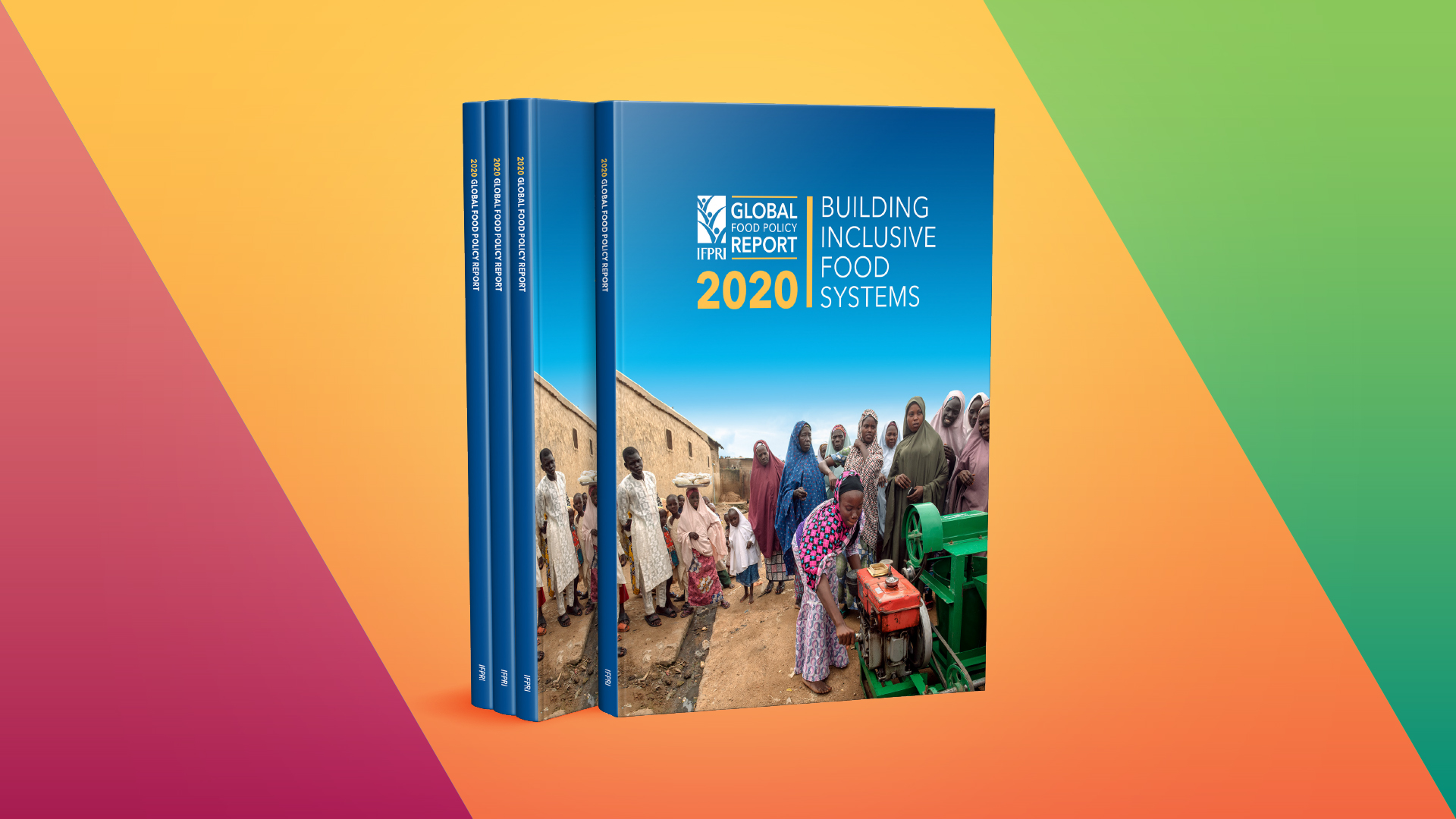Climate-smart village approach: communities at the heart of restoration in Senegal. Included in Restoring African Drylands
The climate-smart village approach created enthusiasm and commitment from farmers in seeking solutions to the problems and constraints that they themselves identified. The approach also involved strengthening the capacity of technical staff to use new tools, and to understand and support the new methods, with complementary finance to support the changes.




